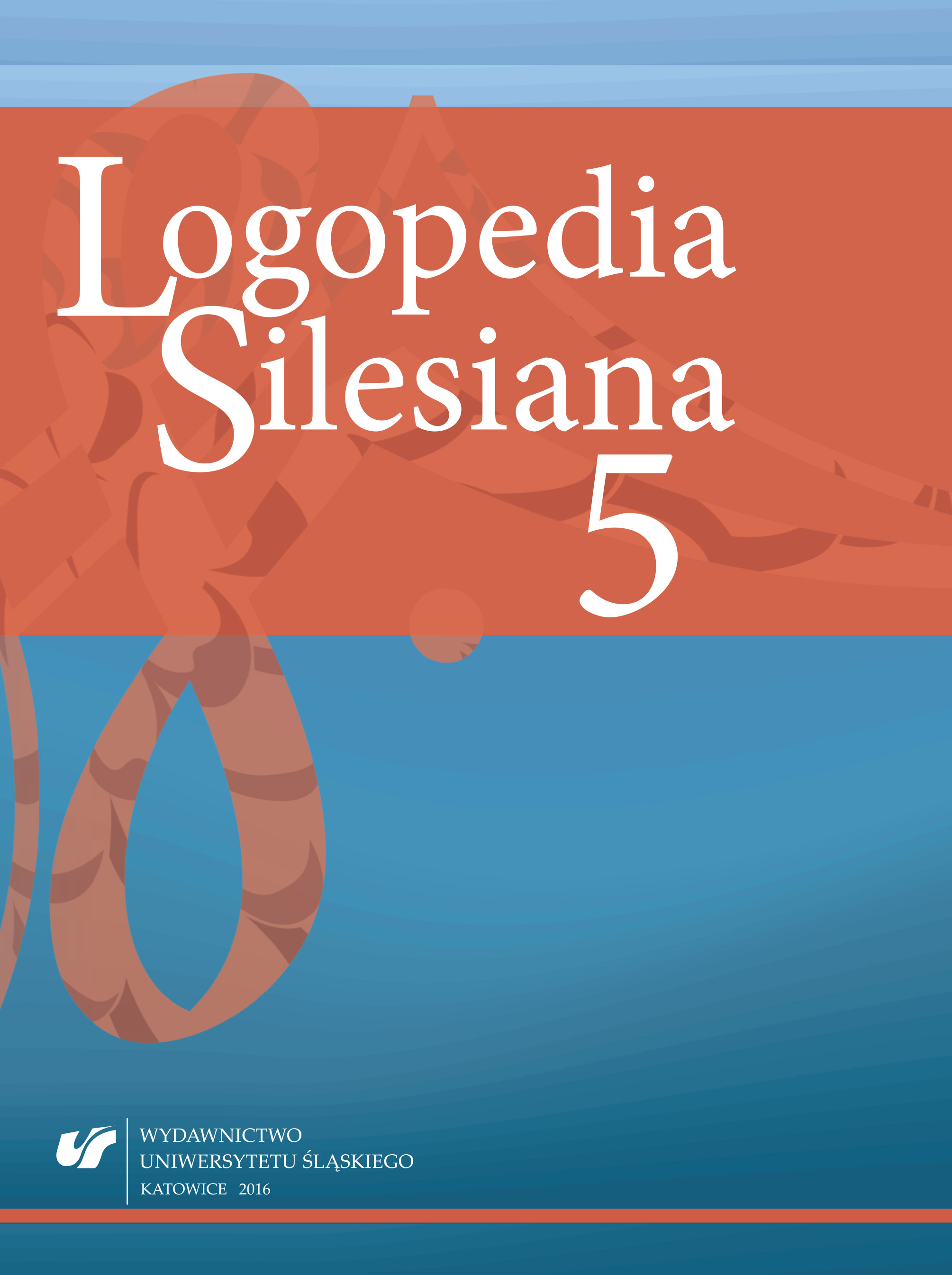Albiński R., Kleszczewska‑Albińska A., Bedyńska S.: Geriatryczna Skala Depresji (GDS) – trafność i rzetelność tego narzędzia – przegląd badań. „Psychiatria Polska” 2011, t. 45 (4), s. 555–562.
Google Scholar
Beck A.T. et al.: An inventory for measuring depression. “Archives of General Psychiatry” 1961, No. 4, p. 561–571.
Google Scholar
Benton A.L.: Revised Visual Retention Test: Clinical and experimental applications. 4th ed. New York, Psychological Corporation 1974.
Google Scholar
Cummings J.L. et al.: The Neuropsychiatric Inventory. Comprehensive assessment of psychology in dementia. “Neurology” 1994, No. 44, p. 2308–2314.
Google Scholar
Diagnostyka i leczenie otępień – Rekomendacje zespołu ekspertów Polskiego Towarzystwa Alzheimerowskiego. Otwock, Polskie Tow. Alzheimerowskie, Medisfera 2012.
Google Scholar
Dodrill C.B.: A neuropsychological battery for epilepsy. “Epilepsia” 1978, Vol. 19.
Google Scholar
Folstein M.F., Folstein S.E., McHugh P.R.: „Mini‑mental state”. A practical method for grading the cognitive state of patients for the clinician. “Journal of Psychiatric Research” 1975, No. 12 (3), p. 189–198.
Google Scholar
Fuh J.L., Wang S.J., Cummings J.L.: Neuropsychiatric profiles in patients with Alzheimer’s disease and vascular dementia. “Journal of Neurology, Neurosurgery & Psychiatry” 2005, No. 76, p. 1337–1341.
Google Scholar
Gabryelewicz T.: Łagodne zaburzenia poznawcze. „Postępy Nauk Medycznych” 2011, nr 8, s. 688–691.
Google Scholar
Galasko D. et al.: An inventory to assess activities of daily living for clinical trials in Alzheimer’s disease. “Alzheimer Disease and Associated Disorders” 1997, No. 11, p. 33–39.
Google Scholar
Hughes C.P. et al.: A new clinical scale for the staging of dementia. “British Journal of Psychiatry” 1982, No. 104, p. 566–572.
Google Scholar
Kowalska A.: Genetyka zespołów otępiennych. Część 3: podłoże molekularne wieloczynnikowego dziedziczenia postaci sporadycznej choroby Alzheimera. „Postępy Higieny i Medycyny Doświadczalnej” 2009, nr 63, s. 577–582.
Google Scholar
Krzymiński S.: Test rysowania zegara. „Postępy Psychiatrii i Neurologii” 1996, nr 4 (2), s. 21–30.
Google Scholar
Leszek J.: Choroba Alzheimera. Obecny stan wiedzy, perspektywy terapeutyczne. „Polski Przegląd Neurologiczny” 2012, nr 8 (3), s. 101–106.
Google Scholar
Lezak M.D. et al.: Neuropsychological Assessment. Oxford, University Press 2004.
Google Scholar
Łucki W.: Zestaw prób do badania procesów poznawczych u pacjentów z uszkodzeniami mózgu. Warszawa, Pracownia Testów Psychologicznych 1995.
Google Scholar
Morris J.C.: The Clinical Dementia Rating (CDR): Current version and scoring rules. “Neurology” 1993, No. 43, p. 2412–2414.
Google Scholar
Olszewski H.: Otępienie czołowo‑skroniowe. Ujęcie neuropsychologiczne. Kraków, Oficyna Wydawnicza Impuls 2008.
Google Scholar
Piskunowicz M. et al.: Test fluencji słownej – zastosowanie w diagnostyce neuropsychologicznej. „Psychiatria Polska” 2013, t. 47, nr 3, s. 475–485.
Google Scholar
Reitan R.M., Wolfson D.: The Halstead‑Reitan Neuropsychological Test Battery. Tucson, Neuropsychology Press 1985.
Google Scholar
Rey A.: L’examen clinique en psychologie. Paris, Presses Universitaires de France 1964.
Google Scholar
Sexton C.E. et al.: MRI correlates of episodic memory in Alzheimer’s disease, mild cognitive impairment and healthy aging. “Psychiatry Research” 2010, Vol. 30, No. 184 (1), p. 57–62.
Google Scholar
Sivan A.B.: Test pamięci wzrokowej Bentona. Podręcznik. [Przeł. T. Klonowicz]. Warszawa, Pracownia Testów Psychologicznych 1996.
Google Scholar
Sobów T. et al.: Sympozjum. Choroba Alzheimera. „Aktualności Neurologiczne” 2003, nr 3 (2), s. 89–120.
Google Scholar
Sunderland T. et al.: Clock‑Drawing in Alzheimer’s Disease. A Novel Measure of Dementia Severity. “Journal of the American Geriatrics Society” 1989, No. 37, p. 725–729.
Google Scholar
Wechsler D.: Manual for the Wechsler Adult Intelligence Scale, Revised. New York, Psychological Corporation 1981.
Google Scholar



 10.31261/LOGOPEDIASILESIANA
10.31261/LOGOPEDIASILESIANA